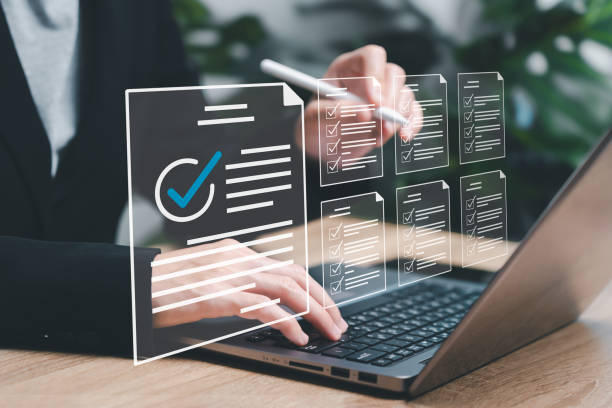What is On-Page SEO and Why is it Important?
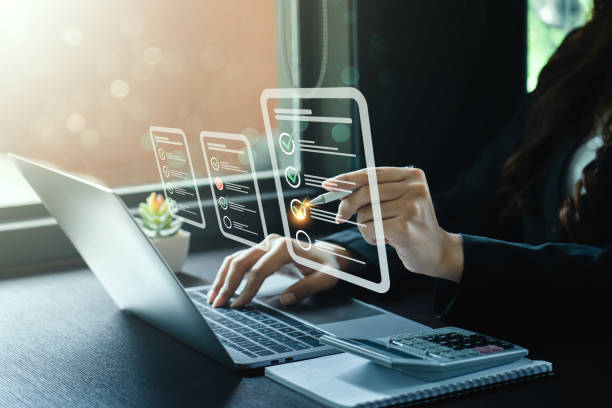
On-Page SEO, also known as On-Page SEO, refers to a set of techniques and actions we perform within our website to improve its ranking in Google and other search engine results.
Unlike Off-Page SEO, which focuses on activities outside the site (such as link building), On-Page SEO is directly related to the website’s content and structure.
The importance of On-Page SEO lies in its ability to help search engines better understand your site’s content.
By optimizing various elements such as titles, meta descriptions, content, and site structure, you communicate to Google what your site is about and what value it offers to users.
The better search engines understand your site, the higher the probability of it appearing in relevant search results.
On-Page SEO means improving your site’s ranking in search results, which consequently increases incoming website traffic.
More traffic means more opportunities to attract customers, increase sales, and achieve business goals.
By investing in On-Page SEO, you can significantly increase organic (unpaid) traffic and reduce your reliance on paid advertising.
The most important factors influencing On-Page SEO include:
- #High-quality and relevant content
- Optimizing titles and meta descriptions
- Using appropriate keywords
- Image optimization
- Improving site speed
- Optimizing site structure and internal linking
In this article, we will delve into each of these factors and provide practical solutions to improve your site’s On-Page SEO.
On-Page SEO is an ongoing process that requires continuous updates and improvements.
By following the tips and strategies presented in this article, you can improve your site’s ranking in search results and attract more traffic.
Research shows that 80% of customers trust companies with a professional website more. Does your current website inspire this trust?
With Rasaweb’s corporate website design services, permanently solve the problem of customer distrust and a weak online image!
✅ Create a professional image and increase customer trust
✅ Attract more sales leads and business growth
⚡ Get Free Consultation
Keyword Research: A Fundamental Step in On-Page SEO

Keyword research is a crucial process in On-Page SEO.
This process involves identifying the words and phrases that users enter into search engines to find information related to your business.
The goal of keyword research is to find keywords that are both relevant to your site’s content and have a suitable search volume.
In other words, you need to find words that users genuinely use and where the competition isn’t too difficult.
To start keyword research, you can use various tools such as Google Keyword Planner, SEMrush, and Ahrefs.
These tools help you find keywords relevant to your industry, analyze their search volume, and estimate the level of competition for them.
You can also use other techniques like brainstorming, analyzing competitor websites, and reviewing frequently asked questions from users.
After identifying suitable keywords, you should strategically use them in your site’s content.
Keywords should be used in titles, meta descriptions, the main body of content, image Alt tags, and page URLs.
However, be aware that excessive and unnatural use of keywords can lead to penalties from Google.
Your goal should be to provide high-quality and valuable content for users, incorporating keywords naturally.
Choosing the right keywords and using them correctly in your content can help improve your site’s ranking in search results and increase organic traffic.
On-Page SEO with optimized keywords provides a greater opportunity for visibility.
Optimizing Titles and Meta Descriptions
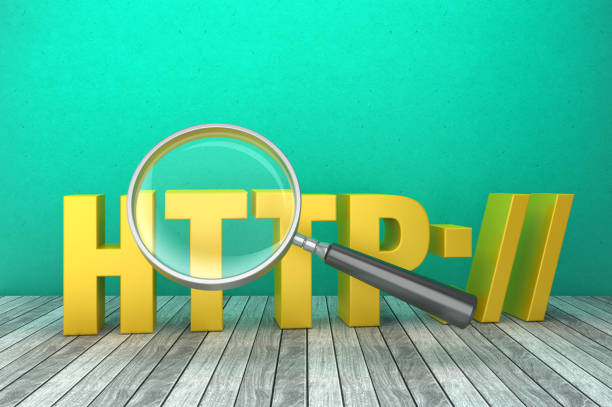
Titles and meta descriptions are among the most important elements of On-Page SEO.
The page title (Title Tag) is the title displayed in search results and the browser tab, telling users and search engines what the page’s content is about.
The meta description is a short summary of the page’s content, displayed in search results below the page title.
Titles and meta descriptions play a crucial role in attracting users to your site.
An appealing and relevant title can entice users to click on your site’s link.
Meta descriptions also provide an opportunity to show users that your page’s content addresses their needs.
To optimize titles and meta descriptions, consider the following tips:
- Use relevant keywords in your title and meta description.
- Keep titles short and engaging (ideally less than 60 characters).
- Write concise and descriptive meta descriptions (ideally less than 160 characters).
- Each page of your site should have a unique title and meta description.
- Use phrases that encourage users to click (such as “Buy Now” or “Learn More”).
On-Page SEO with optimized titles and meta descriptions can increase your site’s Click-Through Rate (CTR) and consequently attract more traffic.
Remember that the title and meta description are the first things users see in search results, so you should make every effort to make them appealing and relevant.
Proper optimization of titles and meta descriptions is a significant step in improving your site’s On-Page SEO.
In this regard, image optimization is also of particular importance, which we will discuss next.
| Element | Description | Best Practice |
|---|---|---|
| Page Title (Title Tag) | Page title in search results | Short, engaging, includes keyword |
| Meta Description | Summary of page content | Concise, descriptive, includes keyword |
Image Optimization for SEO

Image optimization is another important aspect of On-Page SEO that is often overlooked.
Images can play a significant role in attracting users to your site and improving the user experience.
However, if images are not properly optimized, they can slow down the site and harm your site’s SEO.
Consider the following tips for image optimization:
- Choose descriptive and keyword-rich file names for images (e.g., use men-athletic-shoes.jpg instead of IMG12345.jpg).
- Use Alt tags for images and provide a brief description of the image (Alt tags help search engines understand the image content).
- Reduce the file size of images (large images can slow down the site).
- Use appropriate formats for images (generally, JPEG is suitable for photos and PNG for graphics).
- Make images responsive so they display correctly on various devices.
By optimizing images, you can improve your site’s speed, enhance the user experience, and help search engines better understand your site’s content.
On-Page SEO with optimized images can attract more traffic to your site through image search.
Remember that images play a crucial role in your site’s visual appeal and should be used strategically.
In addition to images, site structure and internal linking are also of particular importance, which we will discuss next.
Tired of losing customers due to poor e-commerce website design? With Rasaweb, solve this problem permanently!
✅ Increase sales and visitor-to-customer conversion rate
✅ Smooth and attractive user experience for your customers⚡ Get Free Consultation
Improving Site Speed and User Experience
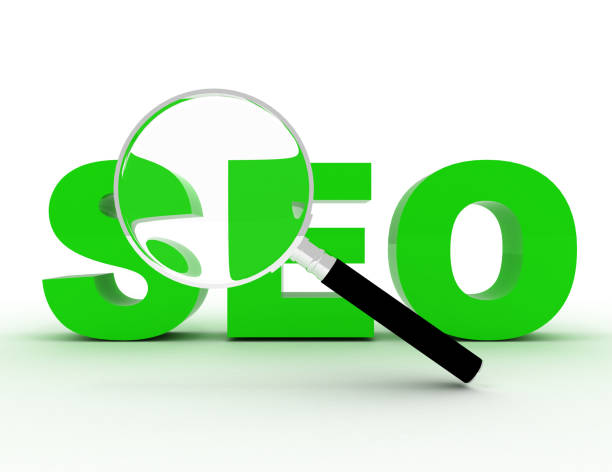
Site speed and user experience are two important factors in On-Page SEO that directly impact your site’s ranking in search results.
Google rewards sites that have high speed and provide a good user experience.
This is because Google wants to deliver the best results to its users, and sites that are fast and user-friendly are likely to satisfy users.
To improve site speed, you can use various techniques such as image optimization, caching, minifying code (HTML, CSS, and JavaScript), and using a Content Delivery Network (CDN).
You should also use a high-quality hosting provider that can guarantee your site’s speed and stability.
To improve the user experience, you should design your site so that users can easily find the information they need.
Your site should have a clear and logical structure, easy navigation, and display correctly on various devices.
You should also use high-quality and relevant content that meets users’ needs.
On-Page SEO with optimized speed and user experience can reduce your site’s Bounce Rate, increase the time users spend on your site, and consequently improve your site’s ranking in search results.
Remember that the ultimate goal of SEO is to provide the best possible experience for users.
Your site should be useful and valuable to users, helping them easily access the information they need.
Optimizing speed and user experience is a long-term investment that can yield significant returns.
Site Structure and Internal Linking

Site structure and internal linking play a crucial role in On-Page SEO.
A well-organized and logical site structure helps search engines better understand your site’s content and easily index different pages.
Internal linking also helps search engines understand the relationships between various pages on your site and increases the value of more important pages.
To create an appropriate site structure, you should categorize your site’s pages based on their topic and relevance.
Try to use a hierarchical structure where main pages are at the highest level and sub-pages are at lower levels.
You should also use a clear and user-friendly navigation menu that helps users easily move around your site.
Internal linking means creating links between different pages of your site.
These links should be relevant to the content of the pages and help users gain more information about their desired topic.
Internal linking can help improve the ranking of your site’s more important pages and show search engines that these pages have greater value.
On-Page SEO with a strong site structure and internal linking can increase your site’s Domain Authority and help improve your site’s ranking in search results.
Remember that internal linking should be done naturally and relevantly, avoiding excessive use of links.
Additionally, using an XML sitemap can help search engines better index your site.
An XML sitemap is a file that provides a list of all your site’s pages along with information such as the last update date and page importance.
High-Quality and Relevant Content
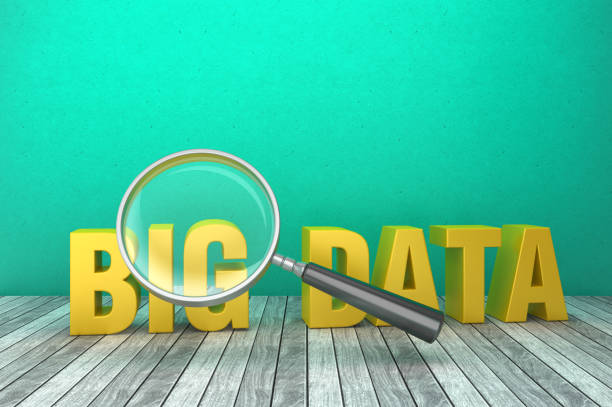
High-quality and relevant content is the heart of On-Page SEO.
Google and other search engines aim to provide the best results to their users, and sites that offer high-quality and relevant content have a better chance of ranking high in search results.
Your content should be useful and valuable to users, addressing their questions and needs.
To create high-quality content, you should conduct research and choose topics that are engaging and relevant to your audience.
Then, you should write your content in a way that is readable, understandable, and attractive.
Use images, videos, and other multimedia elements to enhance the user experience.
You should also regularly update your content to keep it fresh and relevant.
On-Page SEO with high-quality content can significantly increase your site’s organic traffic and help you achieve your business goals.
Remember that content should be written for users, not for search engines.
If your content is useful and valuable to users, search engines will recognize it and improve your site’s ranking.
Consistent and high-quality content production is a long-term strategy that can yield sustainable results.
Experience On-Page SEO with unique content production.
| Content Type | Benefits | Example |
|---|---|---|
| Blog Articles | Increased traffic, audience engagement, credibility building | Mobile Phone Buying Guide |
| Videos | High engagement, increased dwell time, video SEO | Software Installation Video Tutorial |
| Infographics | Visual information, high shareability, increased brand awareness | Infographic: Steps to Start a Business |
| Podcasts | Easy access, listenable while multitasking, personal connection | Podcast Interview with Successful Entrepreneurs |
Using Internal and External Links

Link building, both internal and external, is a vital element in On-Page SEO.
Internal links help search engines understand your site’s structure and identify relationships between different pages.
External links also indicate to search engines that your site has authority and value.
Internal links should be placed naturally and relevantly within your site’s content.
Try to link to more important pages on your site to increase their value.
You should also use appropriate anchor texts, which help search engines understand the topic of the destination page.
External links should point from reputable and relevant sites to your site.
Receiving links from high-quality sites can help improve your site’s ranking in search results.
However, you should be careful not to receive links from spammy and low-quality sites, as this can harm your site’s SEO.
On-Page SEO with principled link building will yield good results.
In the link-building process, maintain balance and naturalness to avoid penalties from Google.
On-Page SEO cannot achieve desired results without principled and reasonable link building.
Do you dream of a thriving online store but don’t know where to start?
Rasaweb is your comprehensive e-commerce website design solution.
✅ Attractive and user-friendly design
✅ Increased sales and revenue⚡ Get Free Consultation
Mobile Optimization for On-Page SEO

Given that most users access the internet via mobile devices, mobile optimization is crucial for On-Page SEO.
Google prioritizes mobile-optimized sites and ranks them higher in search results.
Your site must be responsive, meaning it should display correctly on various devices and provide a good user experience.
For mobile optimization, you should use responsive design, improve site speed on mobile, use readable fonts, and avoid intrusive pop-ups.
You should also ensure your site has an SSL certificate and uses the HTTPS protocol, as Google prioritizes secure sites.
On-Page SEO with mobile optimization helps you attract more audiences and achieve a better ranking on Google.
Testing your site on various devices and checking its mobile loading speed are essential steps in mobile optimization.
Using tools like Google Mobile-Friendly Test can assist you in this regard.
On-Page SEO and website optimization for mobile are necessary and vital for any business.
Analyzing and Measuring On-Page SEO Results
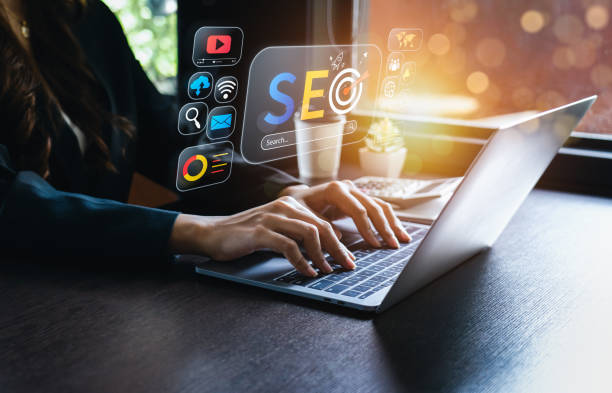
Analyzing and measuring results is the final step in On-Page SEO.
You should regularly review your site’s performance to see if your SEO efforts have yielded results.
For this, you can use various tools such as Google Analytics and Google Search Console.
By using these tools, you can analyze your site’s traffic, identify the keywords users use to find your site, measure the bounce rate, and find technical issues on your site.
By analyzing this data, you can identify the strengths and weaknesses of your SEO strategy and make necessary adjustments.
On-Page SEO is an ongoing process that requires continuous updates and improvements.
By analyzing and measuring results, you can ensure you are on the right track and achieving your goals.
On-Page SEO, with continuous analysis and review of website performance, enables you to consistently stay at the top of search results.
On-Page SEO is a dynamic science that evolves with changes in Google’s algorithms, so staying up-to-date and continuous learning are key to success in this field.
Frequently Asked Questions
| Row | Question | Answer |
|---|---|---|
| 1 | What is On-Page SEO? | On-Page SEO refers to a set of actions performed within a website (on its pages) to improve its ranking in search engine results. This includes optimizing content, site structure, and HTML codes. |
| 2 | Why is On-Page SEO important? | On-Page SEO helps search engines better understand page content and determine if that page is relevant and valuable for user searches. This better understanding leads to higher rankings. |
| 3 | What is the first and most important step in On-Page SEO? | Keyword Research is the most important initial step. By finding appropriate keywords, targeted and relevant content can be produced to meet user needs. |
| 4 | What is the role of the Title Tag in On-Page SEO? | The title tag is one of the most important ranking factors and should include the main keyword. This tag is displayed as the page title in search results and influences the Click-Through Rate (CTR). |
| 5 | What is the importance of Meta Description? | The meta description does not directly impact ranking, but by providing an attractive summary of the page content in search results, it can encourage users to click, thereby increasing the Click-Through Rate (CTR). |
| 6 | Why is using headings (H1, H2, etc.) in content important? | Headings help structure content and improve readability for users and search engine crawlers. Using keywords in headings also helps search engines better understand the topic. |
| 7 | What does Image Optimization in On-Page SEO include? | It includes compressing images to reduce file size, using descriptive and relevant file names, and filling out the Alt tag (alternative text) with relevant keywords to help search engines understand the image content. |
| 8 | What is Internal Linking in On-Page SEO? | Internal linking refers to creating links between different pages of a website. This helps distribute Link Equity, improve user experience, and assist search engine crawlers in discovering new pages. |
| 9 | Why is Page Speed important for On-Page SEO? | Page loading speed is a direct ranking factor and significantly impacts user experience. Slow pages can lead to an increased Bounce Rate and reduced user engagement. |
| 10 | What role does quality content play in On-Page SEO? | Quality, comprehensive, unique, and valuable content for the user, is the core of On-Page SEO. This content not only attracts and retains users but also sends positive signals to search engines, helping with better rankings. |
And other services of Rasaweb Advertising Agency in the field of advertising
- Smart Custom Software: A combination of creativity and technology for analyzing customer behavior by optimizing key pages.
- Smart Advertorial: A professional solution for attracting customers with a focus on precise audience targeting.
- Smart Advertorial: A dedicated service for improving SEO ranking based on user experience customization.
- Smart Advertorial: A new service for increasing SEO ranking improvement through optimizing key pages.
- Smart Sales Automation: An innovative platform for improving campaign management with marketing automation.
And over a hundred other services in the field of internet advertising, advertising consultation, and organizational solutions.
Internet Advertising | Advertising Strategy | Advertorial
Resources
Complete On-Page SEO Guide on Rastinweb
Content Optimization for SEO on Seokar
Importance of Nofollow Links on Mohtavanegar
Descriptive Content SEO on AsanSEO
? Are you ready to transform your business in the digital world? Rasaweb Afarin Digital Marketing Agency, specializing in SEO, online advertising, and user-friendly website design, is your trusted partner on the path to growth and success.
📍 Tehran, Mirdamad Street, next to Bank Markazi, Southern Kazeroon Alley, Ramin Alley, No. 6

